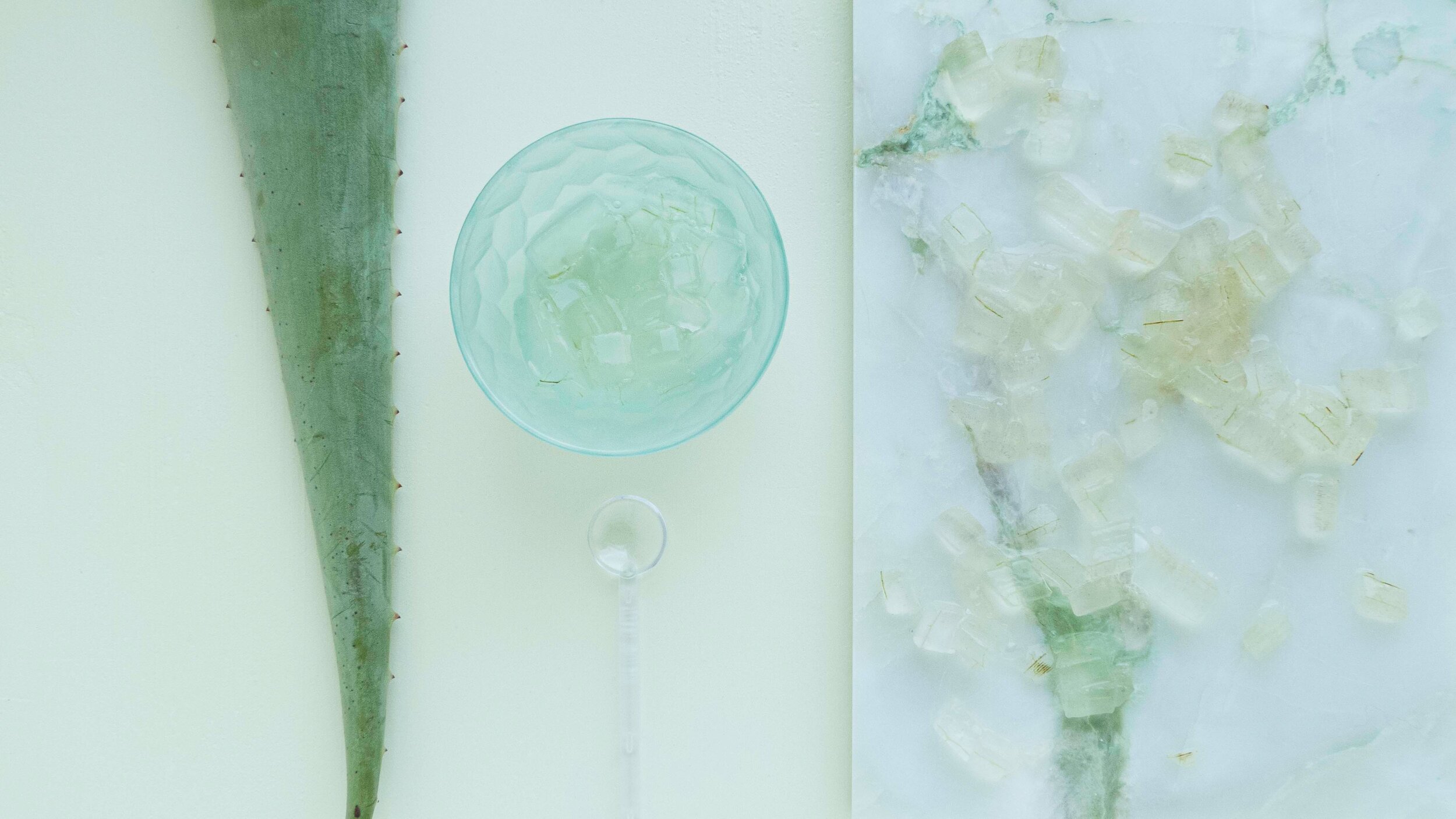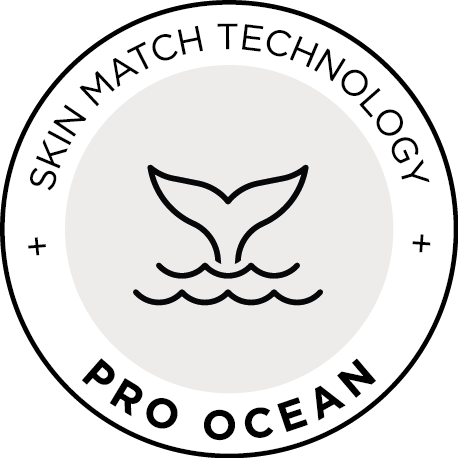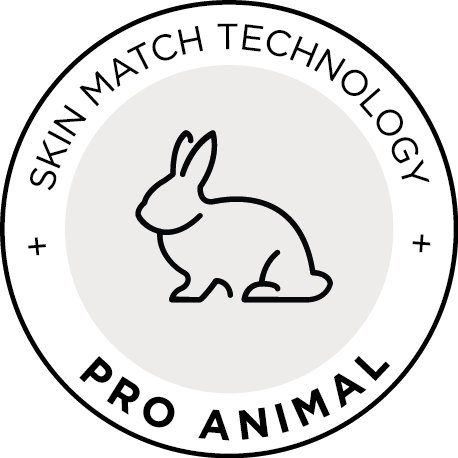Is your Brand really a Clean Beauty Brand?

Product category
Author
At Skin Match Technology, one of our core values is transparency in beauty as well as leading the way to Clean Beauty. Clean beauty is based on the foundation of transparency, 72% of consumers want to know more about the ingredients and the production of products. Most clean beauty brands are often more pricey but according to a survey done by Harpers Bazar, 60% of women are willing to spend more on clean beauty products when the brand is fully transparent and the consumers know where and how the products are made.
What is clean beauty?
Clean beauty is defined as the conscious backbone that brands present within their offering. When brands manufacture their products with the environment in consideration as well as precious animal and plant life and when brands are transparent about their source of ingredients and honest about their labelling.
The different sides to clean beauty

Pro-Ocean
Products who support ocean life and health do not contain any of the commonly declared Micro Plastic and Sun-Filters Ingredients that could harm marine life, or specific ingredients like Triclosan as it is said to be harmful to algae and marine life.

Pro-Nature
When your products support nature this means they do not contain any Palm-oil or fossil fuels such as Petrolatum and Paraffin. Out of all the land on the planet, there are only 4.6 billion remaining hectares of forests remaining and 1 billion of these are native forests that remain undisturbed by humans.

Pro-Animal
With clean beauty also comes ethical beauty which is transparency based on animal testing, etc.
Products that are pro-animal do not contain any animal derivatives like beeswax or lactic acid. It is important to note that animal testing is still very prevalent in China and should also be considered.
Is clean beauty realistic?
The short answer is yes. The long answer is yes BUT it will take some time. Going vegan doesn’t happen overnight, it’s a process your body needs to adjust to, so, you slowly start altering your diet to fit a vegan lifestyle. The same goes with clean beauty, it is possible but it requires little steps that mean the most. The biggest reason why clean beauty would be difficult to achieve would be because of greenwashing, this is when brands persuade consumers into believing that their company is complying with the sustainability that they claim. You may have seen these claims on the packaging of some beauty products that either state the packaging is made from recycled material or free from animal testing or any claims that the brand does not harm the environment or you. Sometimes the entire beauty brand may not be clean but there are dedicated parts of the brand reserved for sustainability when in actual fact products claiming to be clean are often only 1% organic. This is why there needs to be a foundation of transparency.
100% Clean beauty is a challenge but not at all impossible, it is also a mindset to shift consumers in by creating the right type of trends to follow.
Setting the right trends
At the end of the day most phenomena develop as trends first, and clean beauty is a trend, it is an example of how we need to set the right trends. It may be that some consumers don’t even know what clean beauty is but because it’s heard often, people just jump onto the next hype, an example of this is when Tiffany Masterson, founder of The Drunk Elephant, was asked in an interview why the brand has cut out parabens, she replied: “because consumers don’t want them”. Whether or not consumers know what parabens truly are is a different question, but because so many brands were claiming their products are paraben-free, customers automatically associated them when something that is not favorable for their skin, hair, or health.
Another example of how clean beauty is a matter of setting the right trends is, according to dermatologists the chemicals dubbed “dirty” in clean beauty products are not always bad. Of course clean beauty is something we have to take seriously and must be promoted more but according to dermatologists Sodium lauryl sulphates (SLS), something that is pretty much a bad word in clean beauty, is not so bad depending on the skin type. It may cause irritation on skin prone to eczema but for other skin types it may be beneficial.
So how can brands stay clean but still make sure they are meeting the needs of all skin types?
- find alternative ingredients with the same benefits.
- If brands are using a dirty ingredient or unsustainable packaging, at least over compensate in sustainability and transparency somewhere else in the brand. It also may mean that consumers must pick their clean, if you know some products which are viewed as dirty are essential for your skin then find a brand that is clean in other ways?
Compared to the fashion industry which is worth 1.5 trillion U.S dollars, the beauty industry is estimated at 39.3 billion. This means that in the grand scheme of things, the beauty industry should be at the frontier of sustainability. We should be paving the way for other conglomerate industries to embrace clean beauty as they are somewhat smaller and therefore should be easier to convert to a clean foundation. As humans, we are more directly impacted by beauty products that are absorbed into our skin versus putting on our favourite item of clothing which is why consumers are more aware of clean clean beauty.


